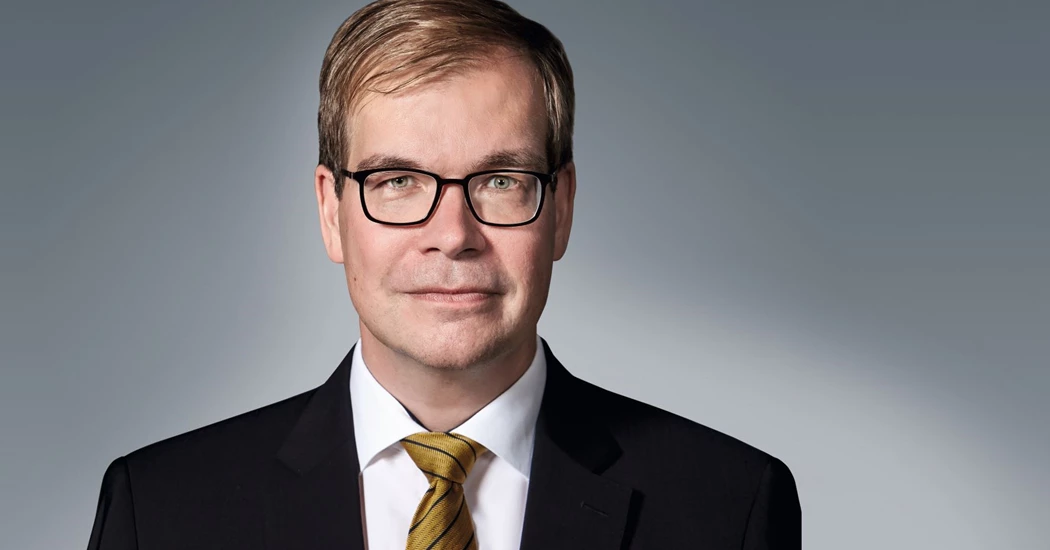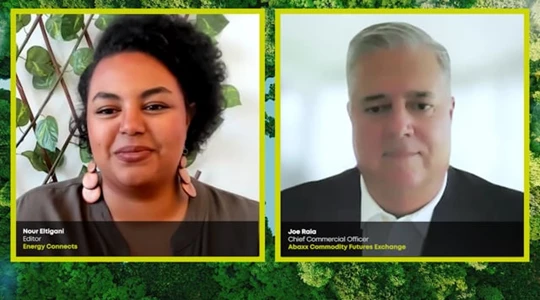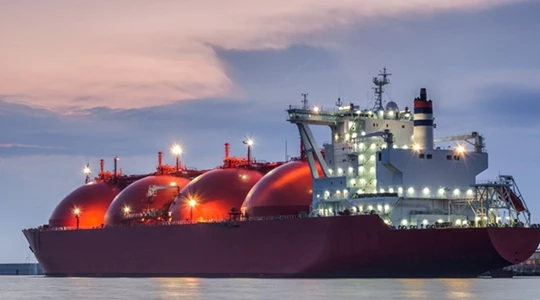Linde is a driving force in the global transition to a hydrogen economy
This is an important opportunity for us to contribute to the development of a hydrogen economy. Our experience with hydrogen stretches back over 100 years, initially with Carl von Linde co-developing a method for producing hydrogen in the early 20th century.
Today we cover every aspect of the hydrogen value chain: production using steam methane reforming (SMR), more recently including CO2 capture, and expanding use of electrolysis; storage in cryogenic tanks and in the world’s first commercial high-purity hydrogen cavern; distribution via pipeline, trailers and tankers; and, finally, hydrogen applications across many different sectors – including mobility, industry and export/power. Linde is also a pioneer in the use of hydrogen as a carbon-free fuel, with the first studies dating back to the mid-1970s.
Let’s stay with hydrogen mobility for a moment. There seems to be a lot of momentum being generated around hydrogen for heavy-duty transport, instead of batteries. What’s your take here?
Hydrogen packs more energy per weight and volume than batteries, which means that you can travel longer distances and also propel heavier vehicles. To achieve the same with batteries, the system would have to be very large, becoming suboptimal in terms of weight, space and cost. Furthermore, it is much faster to refuel hydrogen than to charge an electric battery. For these reasons, hydrogen is becoming a solution of choice for buses, heavy trucks, forklifts, trains, ferries and planes.
To support the emerging public mobility sector, a good network of refueling stations is needed. Any particular developments that are worth highlighting?
We supply a large portfolio of fueling stations to serve a diverse set of needs. We have just inaugurated the first hydrogen refueling station for trains with Alstom in Northern Germany, with capacity to fuel 14 hydrogen-powered passenger trains. Another good example is a bus fueling station in Aberdeen, Scotland. It was first installed in 2015 to refuel single-decker buses. In the years since, the station has been upgraded to also refuel double-decker buses, cars, vans, refuse collection vehicles and road sweepers. And in June this year we inaugurated a station for trucks for the chain MPREIS in Austria, capable of supplying hydrogen to four trucks per hour, with the 10-minute refueling process delivering a maximum of 40kg of hydrogen per truck – equivalent to roughly 400 litres of diesel.
Of course, mobility is just one aspect of decarbonisation in the hydrogen discussion…
That is correct. Mobility is a first mover, but the applications for clean hydrogen go far beyond. Take industries where a direct electrification of processes is difficult. In these cases, hydrogen but also carbon capture and storage (CCS) are essential for decarbonisation. For instance, in cement the large-scale deployment of CCS will contribute to a significant decrease of heavy-industry emissions.
Another case in point is steel production. Integrated steel mills that use blast furnaces to process iron ore rely heavily on coal and natural gas. There are concrete steps that can be taken in a phased approach to decarbonisation, such as the increased adoption of natural gas, oxyfuel and eventually the full conversion to hydrogen as a fuel. Or take refineries and jet fuels.
While hydrogen may eventually be directly used as an aviation fuel, in the meantime we have to reduce the carbon footprint of jet fuels. Linde is part of a consortium to produce sustainable aviation fuels. In this project, carbon destock from biomass and green hydrogen are converted to synthesis gas, which is then transformed into e-kerosene. This project is in the exploration phase, but initial results are very promising.
What role do you see hydrogen playing in 2050?
Hydrogen will be ubiquitous and used across many applications and use cases; it will have moved away from its ‘niche’ as a chemical to become THE new energy vector; and fuel cells will be commonplace, owing in large part to wide availability of low - or no- carbon hydrogen that is also cost competitive.
Enablers here include green electricity production for powering hydrogen electrolysis, and highly energy efficient SMRs (and other technologies like ATR and pyrolysis) featuring carbon capture. As a society, we will be so much closer to CO2- free industrial processes and mobility by 2050. The work we are doing today is invaluable for accomplishing this vision.
KEEPING THE ENERGY INDUSTRY CONNECTED
Subscribe to our newsletter and get the best of Energy Connects directly to your inbox each week.
By subscribing, you agree to the processing of your personal data by dmg events as described in the Privacy Policy.
















